Today it’s all about the Hover Air X1 Pro Max drone, which really surprised me. In this Review, I’m excited to give you all the information you need to know about this drone and whether you should buy one.
Form Factor and Design
This is my first Hover Air drone, so I’m still getting used to the whole latching mechanism and folding system. The way this drone folds up is truly impressive – everyone who sees this drone is mesmerized by its appearance. The fact that it closes like this and fits in your pocket makes it really cool. I’ve been mainly transporting this drone just in the pocket of my jacket.

Size and Specifications
The drone weighs 192.5g, making it extremely compact and lightweight. Being under 250g is crucial for a drone in this category. While its small size might make it look like a toy, that’s definitely not the case – it shoots 8K footage with its 1/1.3-inch CEOS sensor. It also records 4K at 120 frames per second and features numerous built-in modes. The footage is recorded in 10-bit, and thanks to a recent Firmware Update from ZeroZero, 8K recording is now available across all flying modes, which wasn’t the case in my initial testing.

Hardware Features
On one side of the drone, there are palm detection sensors which are extremely useful for takeoff and landing operations. You simply put it in your palm, press a button for takeoff, and when landing, just put your palm under the drone – it recognizes your palm and lands automatically. The front features a display showing the current mode, along with a joystick/button for navigating through different flying modes, plus a power button that also confirms your flying mode selection.

On the back, there’s another sensor for detecting obstacles while tracking from the front, allowing the drone to fly backwards safely. All props are protected by a cage mechanism that makes it perfectly safe to catch this drone whichever way you want – from the underside or any angle – and they won’t cut your fingers. This makes it super safe and convenient to use even around people.

Battery System and Storage
The battery sits on top and provides up to 16 minutes of flight time. One thing I’m not a big fan of is how it latches to the drone. While removal is easy, installation can be tricky because of the connection point on the back. You can think you’ve installed it properly when one side isn’t actually properly connected, as it doesn’t provide clear feedback when properly seated.

On one side, we have the PRAX logo, an SD card slot, a USB-C port for charging, and 64GB of built-in storage on the Pro Max model. This built-in storage is great because sometimes you forget your SD card, and 64GB is plenty for a full day of shooting or more.
Charging Case and Accessories
The charging case is really convenient and something I’ve been using extensively. To use it, you open the case, install the drone properly with the display on top, and close it. However, charging doesn’t start automatically – you need to connect the magnetic latches inside the case to the USB-C port of the drone. Once properly connected, charging proceeds rapidly – in my test, it went from 20% to 53% in just a couple of minutes.

ZeroZero really didn’t hold back when it comes to providing high-quality accessories. The charging case looks spectacular, with strong magnets and premium build quality. The hover case is quite hard and looks like leather (hopefully not real leather), but it’s very high quality and holds the beacon and two control sticks.

Real-World Tracking Test
I conducted an extensive bike tracking test to demonstrate the drone’s capabilities. Here’s what happened during the test:
I started riding while monitoring myself on the beacon’s display, constantly hearing the drone behind me – a good sign, as losing the sound would indicate a problem. People looked at me like I was crazy, but I understood their surprise at seeing a drone following someone around.

The drone handled various scenarios well, though it seemed to struggle slightly with very high speeds. It performed admirably when passing through areas with mixed lighting conditions and shadows. The drone proved to be like a good puppy, following me everywhere I went.
Even with people around, the drone’s safety features made it comfortable to operate in public spaces. It successfully navigated around obstacles, including road signs, and maintained tracking throughout most of the ride. The beacon’s display proved invaluable for monitoring the drone’s perspective without having to look back.
When passing through challenging areas with debris, stones, and logs, the drone maintained its tracking capabilities. The test lasted about 78 minutes, demonstrating reliable performance throughout different environments and conditions.
Control Methods
This drone offers multiple control options. You can forget about traditional controls and just use it with the app or even without the app, relying solely on tracking. The beacon provides additional signal strength and tracking safety, with a built-in display showing the drone’s camera view. It includes buttons for basic drone control – up, down, left, right, return to home, and hover.
The beacon can be mounted on the right control stick, turning it into a motion controller similar to DJI drones. You use a trigger button on the back and tilt controls for movement. For traditional control, you can connect both the left and right remote controller sticks, mount your phone as a display, and control it like a conventional drone.
Image Quality and Performance
The tracking performance is generally excellent, though there are some minor issues. Without the beacon, the drone might occasionally lose tracking when going around obstacles, hovering until it reacquires its target. With the beacon, tracking becomes more reliable.
Battery life consistently reaches about 13-14 minutes per charge, depending on usage. The drone includes ND Filters that can be mounted on the camera, though you need to enable ND filter optimization in the app – a slight inconvenience but understandable given the AI features involved in image processing.
The footage tends to be slightly overexposed straight out of the camera, often requiring post-processing. The highlights can be a bit too blown out, an issue I noticed in my comparison with the DJI Neo. Having 8K capability is impressive but perhaps unnecessary – I would prefer more polished 4K footage that requires less post-processing.

Final Verdict
The Hover Air X1 Pro Max is a great drone that’s incredibly fun to fly. It needs a few more software updates to achieve a super polished feel, as it still has some minor glitches that are understandable for a new product. While it might not be the perfect all-in-one drone or a dedicated camera drone like the Mini 4 Pro, it excels at its intended purpose – capturing activities while maintaining tracking.
It’s particularly well-suited for sports and activities that benefit from automated tracking. The drone continues to receive updates and improvements, suggesting an even better experience in the future. If you’re practicing some sort of sport or need tracking capabilities, this drone would be great for you. However, if you’re primarily looking for a camera drone, it might not be the perfect choice. For what it’s trying to do, it succeeds admirably, and I’m really looking forward to seeing more features and firmware updates that will make the flying experience even better.
Thank you for watching today’s video and I will see you in the next one.
Ciao!
Discover more from DroneXL.co
Subscribe to get the latest posts sent to your email.


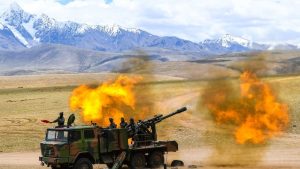
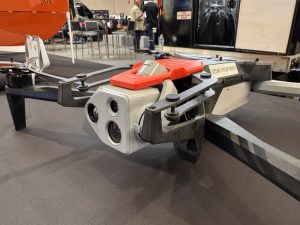
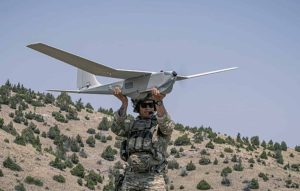

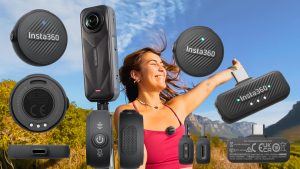
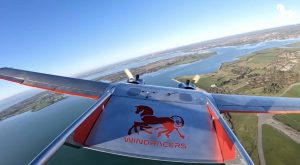
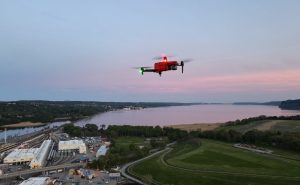
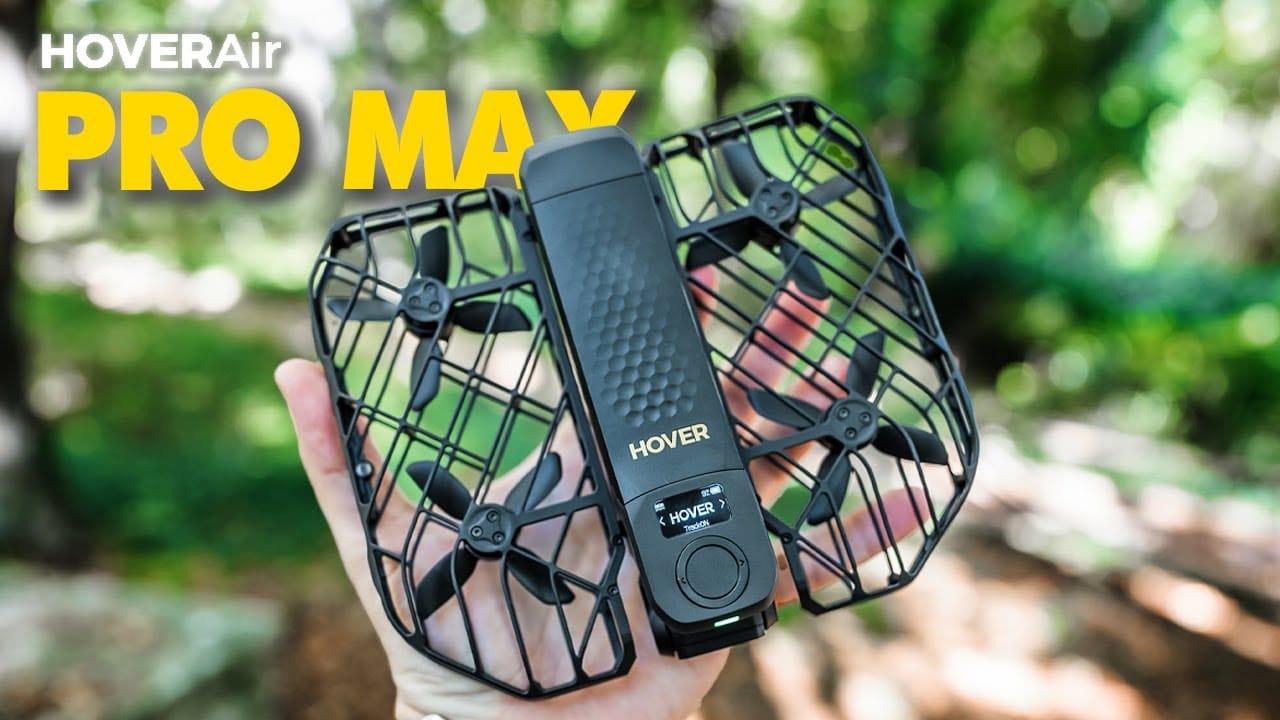

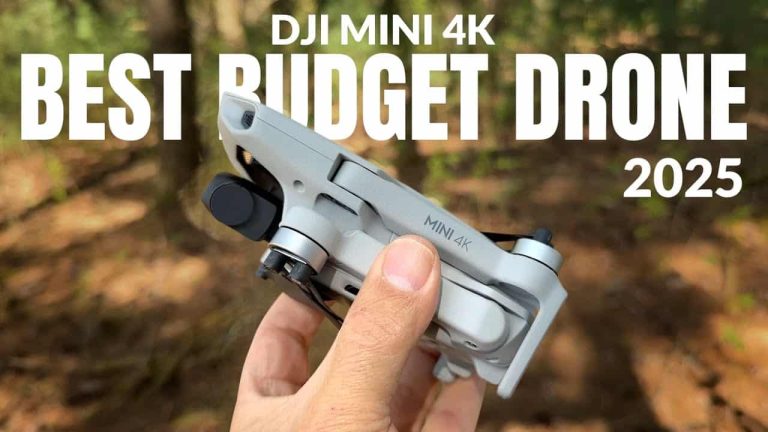
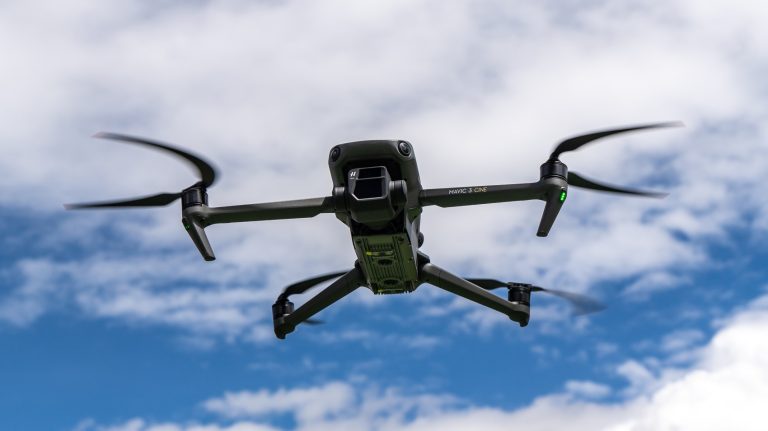
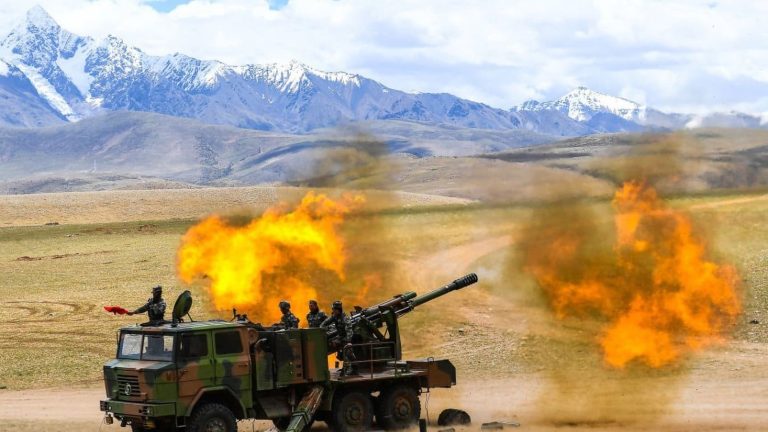
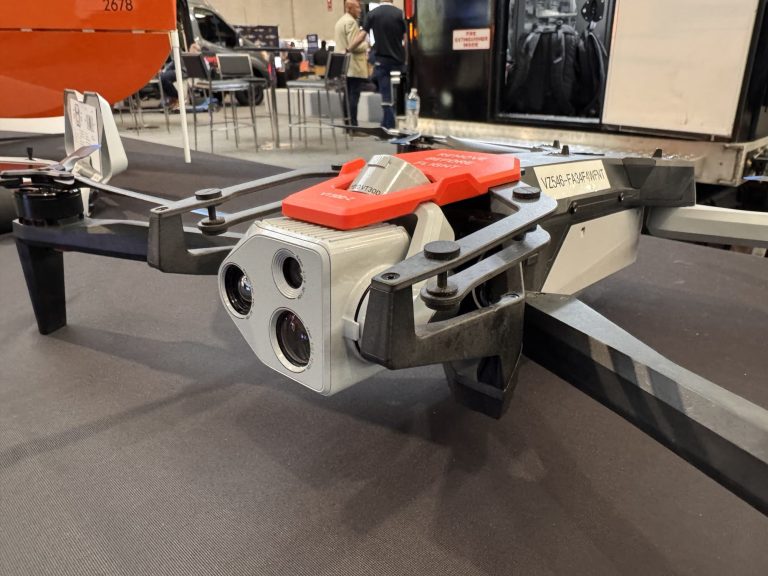
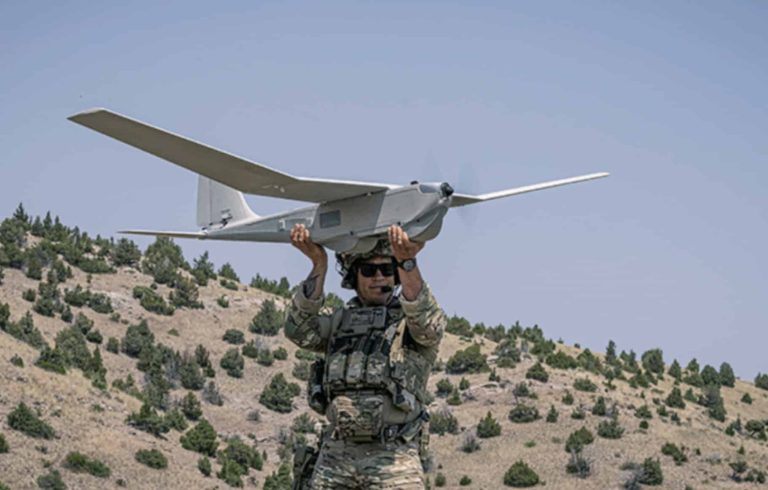

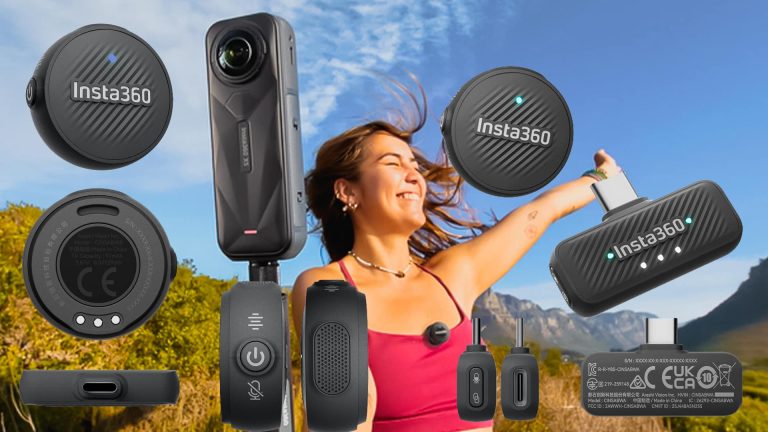
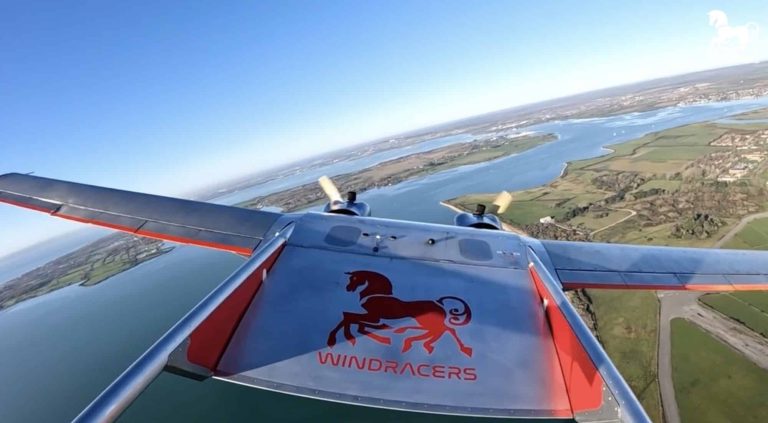
+ There are no comments
Add yours